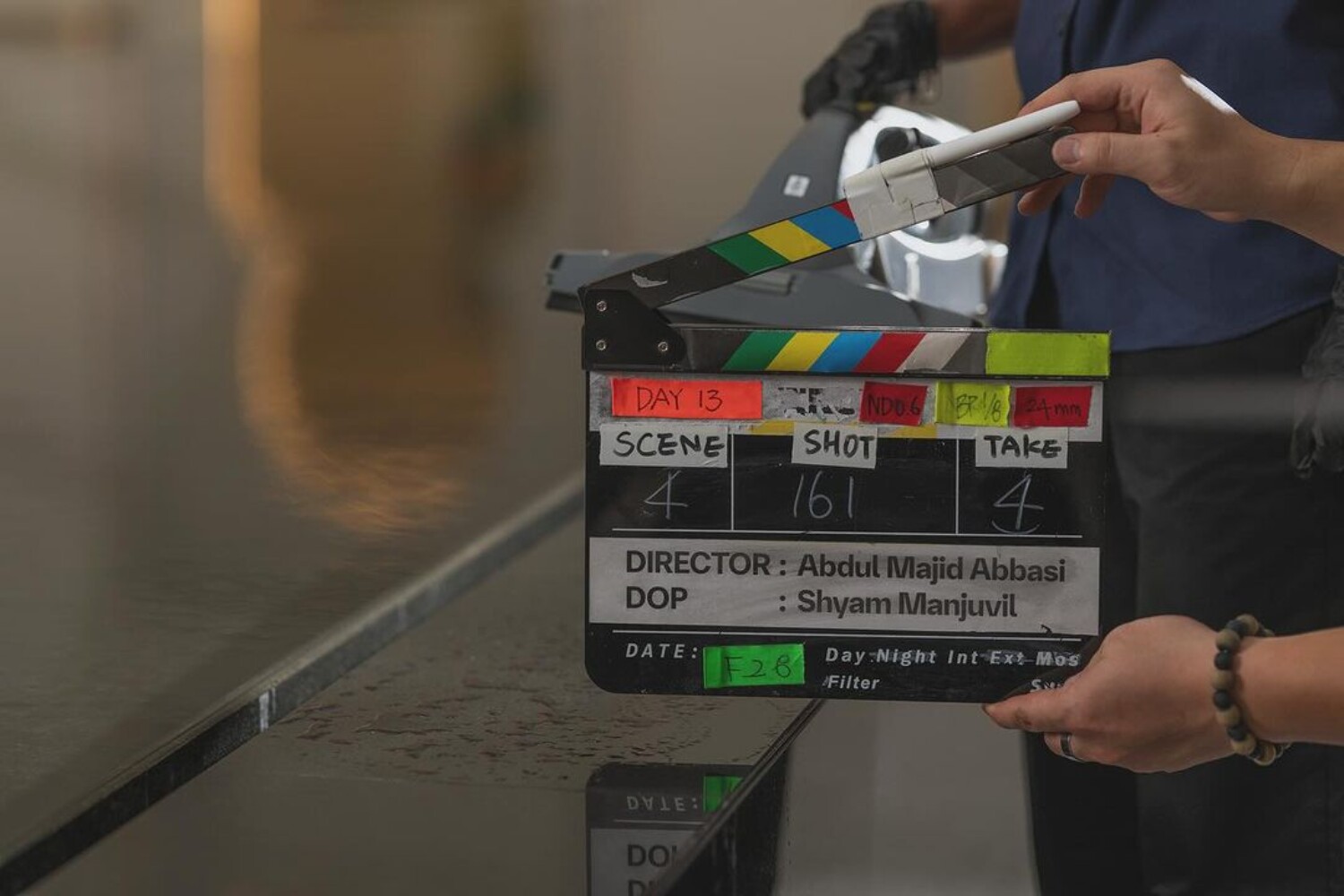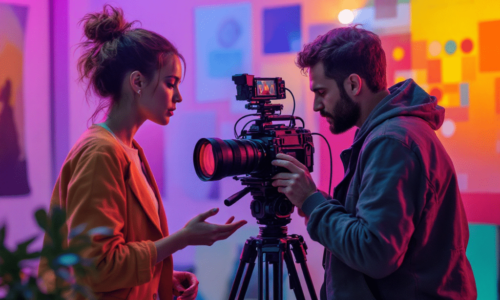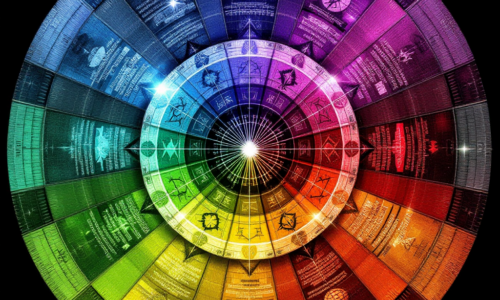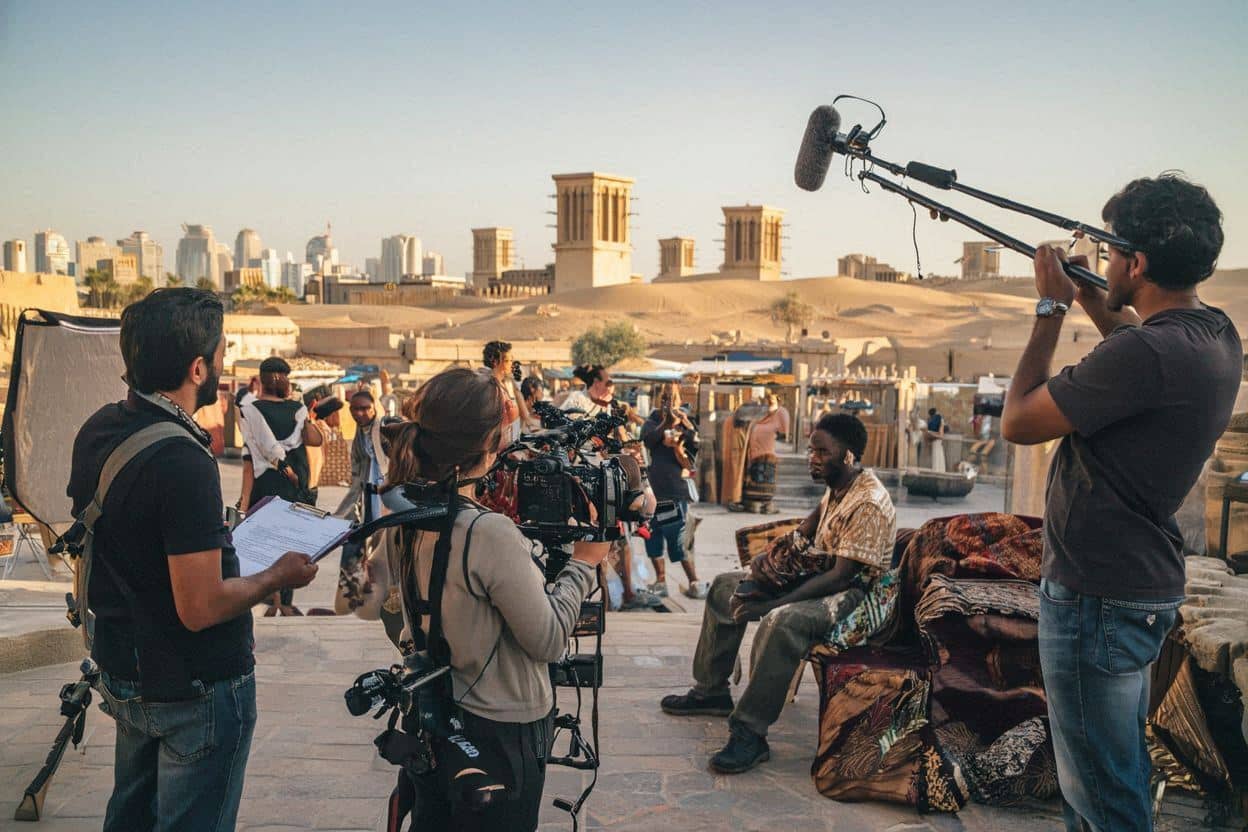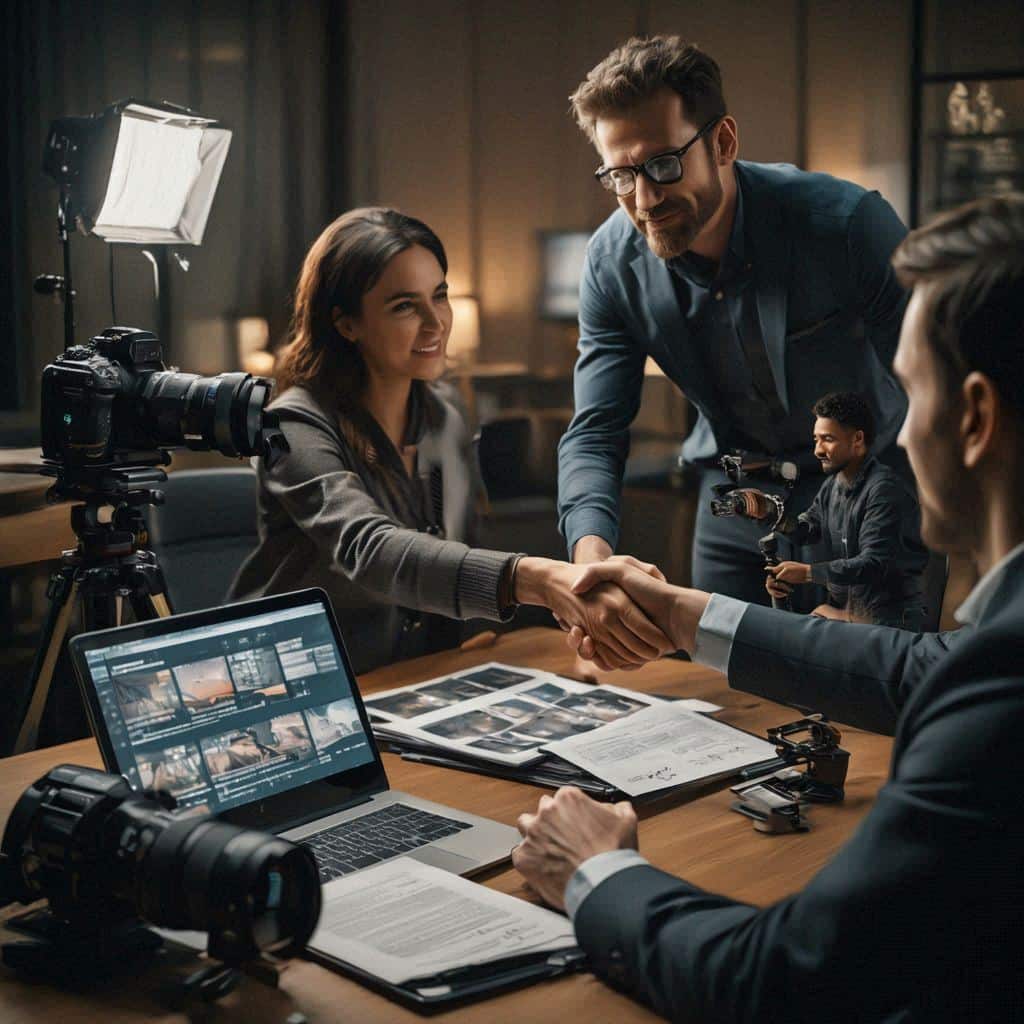How to Incorporate Symbolic Colors in Cinematography to Enhance Your Story
Discover how to use symbolic colors in cinematography to elevate storytelling. Learn how filmmakers use color palettes to evoke emotions and create deeper connections with audiences.
In the realm of filmmaking, every single frame has a story to tell and every detail inside that frame has a purpose. Among these particulars, color is perhaps one of the most potent pieces of the puzzle behind the camera. Symbolic colours in cinematography can produce feelings, set the tone, and hint to the audience how to feel about what they are watching. So, whether anyone working on a feature film, corporate video, or commercial — the way one wields colours can truly elevate the storytelling.
The Psychology of Colour in Storytelling
Colors have a profound psychological impact on viewers. They can evoke emotions, trigger memories, and even influence decision-making. For instance:
- Red often symbolizes passion, danger, or urgency.
- Blue conveys calmness, sadness, or introspection.
- Yellow represents happiness, energy, or caution.
- Green can signify growth, envy, or nature.
- Black and White are often used to depict contrast, morality, or timelessness.
The colours are not just aesthetic choices, in cinematography, —they are deliberate decisions that shape how the audience perceives the story.
As acclaimed director Wes Anderson once said, “Color is a character in itself.”
Using Symbolic Colours to Enhance Your Story
- Establishing Mood and Tone
Scene mood can be set using color. Take another example, in The Grand Budapest Hotel, Wes Anderson employs pastel colors to evoke a whimsical and nostalgic feeling. Conversely, in The Dark Knight, Christopher Nolan employed a muted, dark palette to mirror the gritty, sombre setting of Gotham City. Symbolic colors used with a corporate film production in Dubai will also help communicate the brand’s identity and values. A tech company, for example, may use sleek blues and silvers to projectinnovation and trust, while a wellness brand might embrace greens and earthy tones to suggest calm and health.
- Guiding the Audience’s Emotions
Colors can affect how the audience feels about a character or situation in more subtle ways. The little girl’s red coat in Schindler’s List, which is otherwise filmed in black-and-white, represents innocence amid the evil of war. This deliberate application of color brings a powerful emotional effect. Likewise, in commercials or corporate video as colors evoke respective emotions of the viewer. For example, a film production company developing a commercial for luxury goods may select gold and black to elicit refinement and exclusivity.
Highlighting Key Elements
Colors can draw attention to specific elements within a frame. In The Sixth Sense, director M. Night Shyamalan uses the color red to signify moments where the spiritual world intersects with the physical world This deliberate application of color brings a powerful emotional effect. Likewise, in commercials or corporate video as colors evoke respective emotions of the viewer. For example, a film production company developing a commercial for luxury goods may select gold and black to elicit refinement and exclusivity.
Real-World Examples of Symbolic Colors in Film
Blade Runner 2049: The movie’s orange-and-teal color-grading evokes a dystopian yet never dull world, where isolation reigns and technology dominates.
Her: The warm and soft tones of red and pink represent the intimacy and emotional vulnerability of the protagonist’s relationship with an AI.
Joker: The green and yellow colors in this film represent. decay and chaos, reflecting the main character’s spiraling into insanity.
Symbolic colors are just some of the elements that can make a film a visual experience as well that captivates the audience for ages.
Tips for Incorporating Symbolic Colors in Your Cinematography
- Start with the Script: Identify the emotions and themes you want to convey and choose colors that align with them.
- Create a Color Palette: Develop a consistent color scheme that reflects the story’s tone and mood.
- Collaborate with Your Team: Work closely with your production designer and cinematographer to ensure the colors are integrated seamlessly into the set, costumes, and lighting.
- Use Color Grading: In post-production, color grading can enhance or adjust the colors to achieve the desired effect.
The Role of Professional Video Production
Now, knowing how to make the use of symbolic colors work is just as important as mastering the storytelling and technical aspects. That’s where professional video production services come in. Here corporate film production in Dubai are helping Business Create visually stunning Content that engage their audience . From pre-production planning to color grading in post-production, these experts are there to make sure every frame matches the story’s vision.
Those colors in cinematography roles are symbolic; they tell the story much more than just a visual element and can trigger an emotional state, can guide an audience, can reinforce a narrative. Knowing the psychology of color and applying this knowledge on purpose can make your content be more effective, no matter if you’re working on a film, corporate video, or commercial. To paraphrase the great filmmaker Akira Kurosawa, “The role of the artist is to not look away.” In cinematography, this translates to utilizing every tool available to you, color included, to tell impactful and transformative stories.

